
Cataracts occur when the clear lens inside the eye becomes cloudy, reducing the sharpness of vision. This cloudiness can develop slowly over time, leading to blurred vision and sensitivity to light. Cataracts are most common with aging but can also result from other factors like trauma or health conditions.
Early diagnosis is key to managing cataract symptoms effectively.


Common Cataract Causes:
Typical Cataract Symptoms:
These signs of cataracts should not be ignored, especially if they impact daily activities.
While not entirely preventable, several steps can delay cataract development:
Regular Eye Exams:
Healthy Lifestyle:
Protect Your Eyes:
Following these habits helps in learning how to prevent cataracts effectively.
Non-Surgical Cataract Treatment Options:
These provide only temporary relief.
Surgical Cataract Removal:
This is the most effective cataract treatment option for long-term vision improvement.
Laser-assisted cataract removal offers several advantages over traditional techniques:
Patients often report clearer, sharper vision after laser cataract surgery.
The advanced Catalys® system uses cutting-edge features for superior results:
Feature:
Benefit:
Laser energy is applied only where needed, reducing tissue damage and post-op inflammation. The technology ensures a smooth cataract removal surgery.
Intraocular lenses (IOLs) are implanted during surgery to replace the cloudy lens. Options include:
Choosing the right IOL is based on visual needs and lifestyle.
Preparation ensures a smooth surgical experience:
Your surgeon will provide customized pre-surgery instructions based on your condition.
During Surgery:
Cataract Surgery Recovery:
Follow-up visits ensure healing progresses as expected.
Astigmatism is often corrected during cataract surgery using special IOLs:
This dual-purpose approach provides lasting visual clarity post-surgery.
(1) National Eye Institute. "Cataracts."
(2) Boyd, Kierstan. "What Are Cataracts?" American Academy of Ophthalmology.
(3) Seltman O.D., Whitney. "What Are Cataracts?" WebMD.
(4) Mayo Clinic. "Cataracts (Symptoms & Causes)."
(5) Johnson & Johnson Vision. "Catalys Precision Laser System."
(6) Smith, Matt. "What Is an Intraocular Lens Implant?" WebMD.
Dr. Sandy T. Feldman at Clearview Eye and Laser Medical Center in San Diego is among the best cataract surgeons in San Diego. With over 20 years of experience in laser eye surgery and cataract removal surgery, she combines state-of-the-art diagnostics with personalized treatment planning. Patients benefit from her comprehensive eye care and her track record of exceptional outcomes.
Schedule your cataract surgery consultation today to explore your options for clear, improved vision.
Q1. Is cataract surgery painful?
Ans: No, cataract surgery is not painful. The procedure is performed under local anesthesia, and most patients feel only slight pressure. Recovery discomfort is minimal and manageable with eye drops.
Q2. What is the recovery time after cataract surgery?
Ans: Most patients notice vision improvement within 24–48 hours. However, full cataract surgery recovery typically takes 2–4 weeks, during which you must avoid strenuous activities and follow your surgeon’s post-op care.
Q3. Will I need glasses after cataract surgery?
Ans: Depending on the IOL you choose, you may reduce or eliminate the need for glasses. Multifocal lenses for cataracts often provide the ability to see at multiple distances without eyewear.
Q4. How do I prepare for cataract surgery?
Ans: Preparation includes pre-operative exams, adjusting medications, arranging transportation, and following fasting instructions. Your surgeon will give personalized advice based on your health and eye condition.
Q5. Are there risks associated with cataract surgery?
Ans: Like all surgeries, cataract surgery carries minor risks such as infection, swelling, or retinal detachment. However, complications are rare, especially with laser cataract surgery, which enhances precision and safety.
Q6. What lifestyle changes can help my eye health?
Ans:
These changes can support long-term eye health and reduce cataract causes.
Q7. What types of IOLs are available?
Ans: Options include monofocal, multifocal, extended depth of focus, trifocal, toric, and aspheric lenses. Your doctor will help choose the best fit for your visual goals.

Call Us: (858) 452-3937
8:30AM - 7:00 PM - Monday through Saturday (Saturday until 11:30AM)